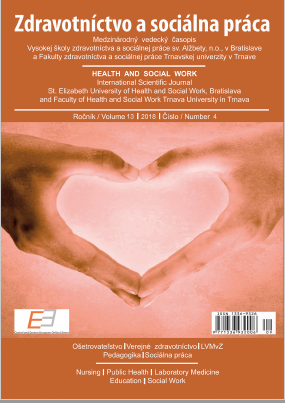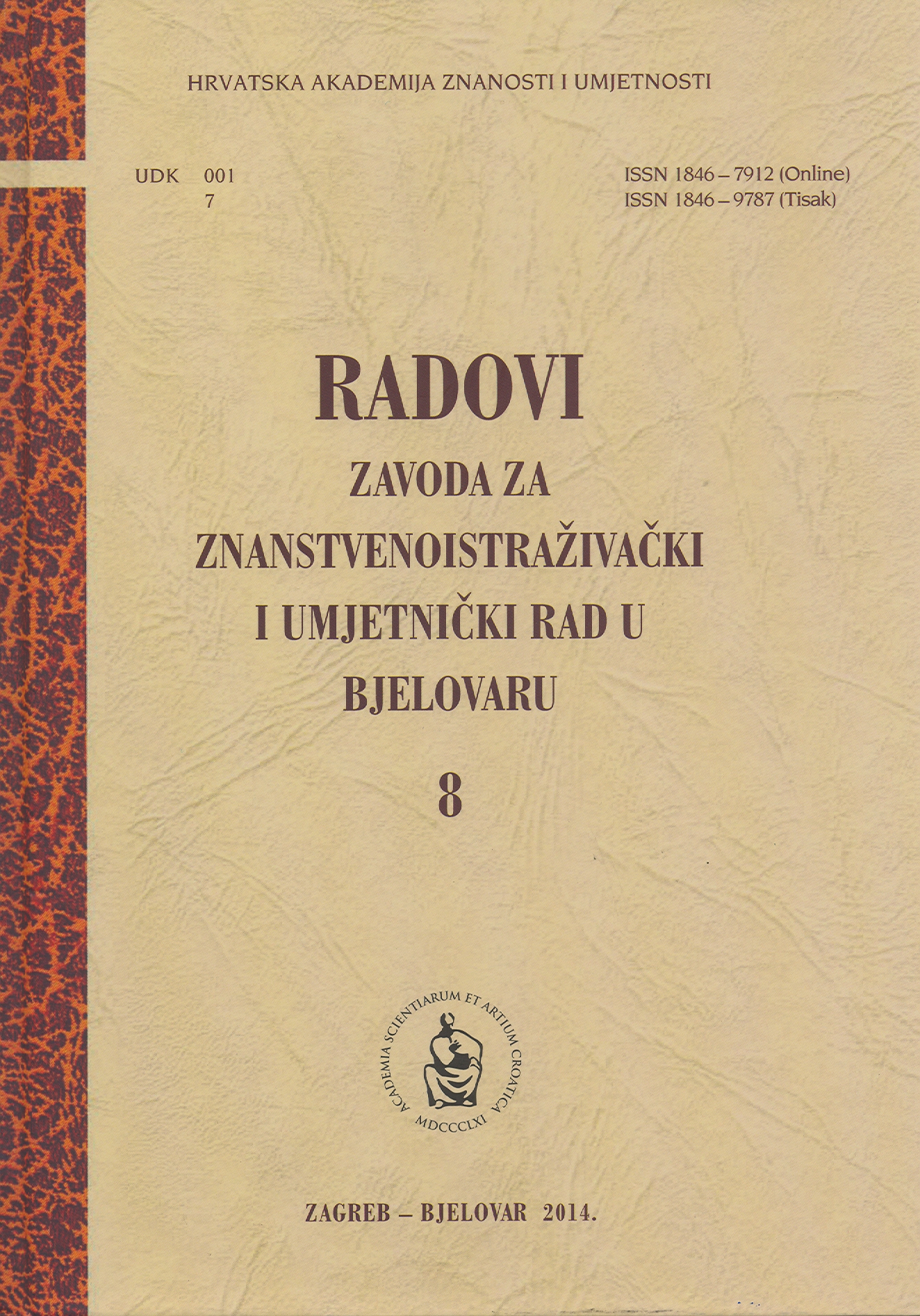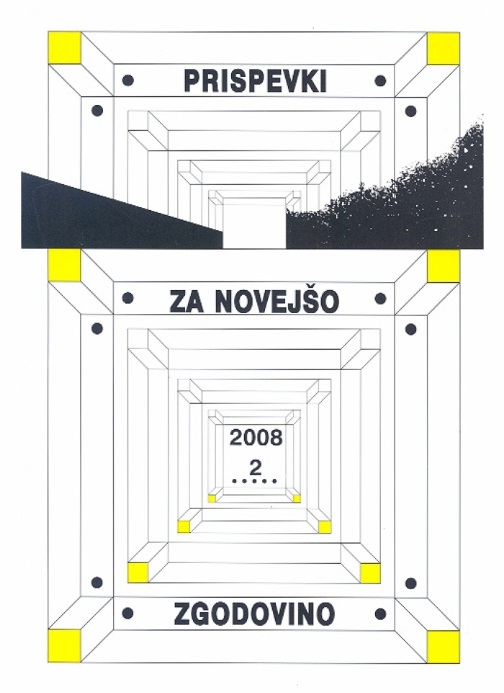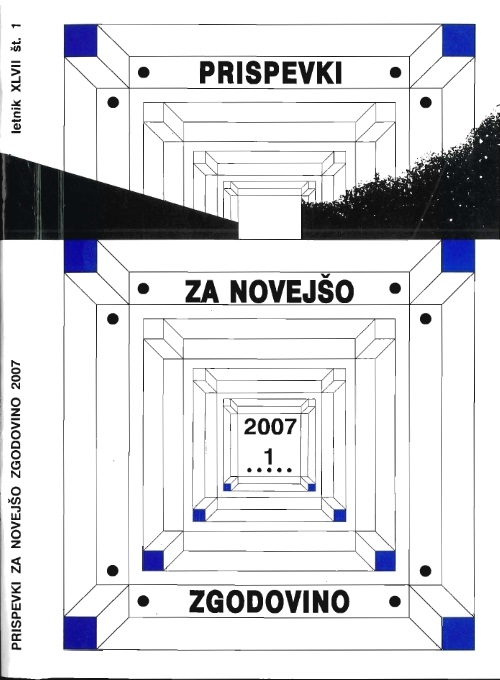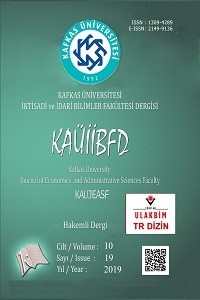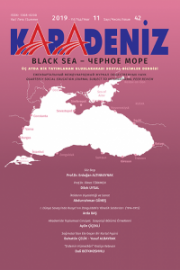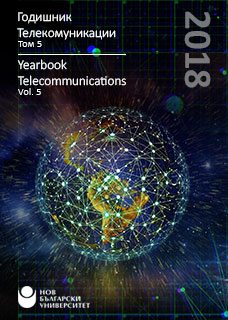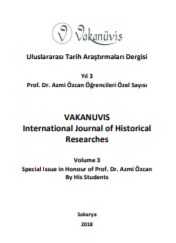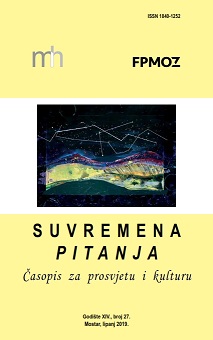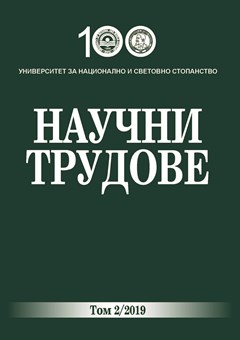
The Brand Building Through Viral Marketing on Social Networks and its Perception by Different Consumers’ Generations
A brand represents some added value to the product, facilitates customer decision-making, reduces purchase-related risks, and express the producer’s promise that the product will satisfy the customer’s needs and fulfill its expectations in the same quality as the product declares. Brand building is therefore not just about design but also strategy, that is even more important in the process. Sustaining and improving a brand’s position in the market is not a simple process in the current competitive environment. For that reason, there is a scope for application of progressive communication marketing tools such as viral marketing. Viral marketing can be characterized as spreading brand awareness, product or service through text, video, images, games. The aim of the article includes to provide a literature review on the issue from several foreign and domestic authors. It discusses the essence of a viral marketing on social networks and also analyses its use as a support tool for building brand value in practice through secondary research data. The important part of the paper represents the marketing survey focused on perception of viral marketing by Slovak consumers’ generations X, Y, Z and its impact on their purchasing behaviour. Based on the results of the survey were proposed measures to improve the implementation of viral marketing on social networks as a brand value-enhancing tool in Slovak conditions.
More...
